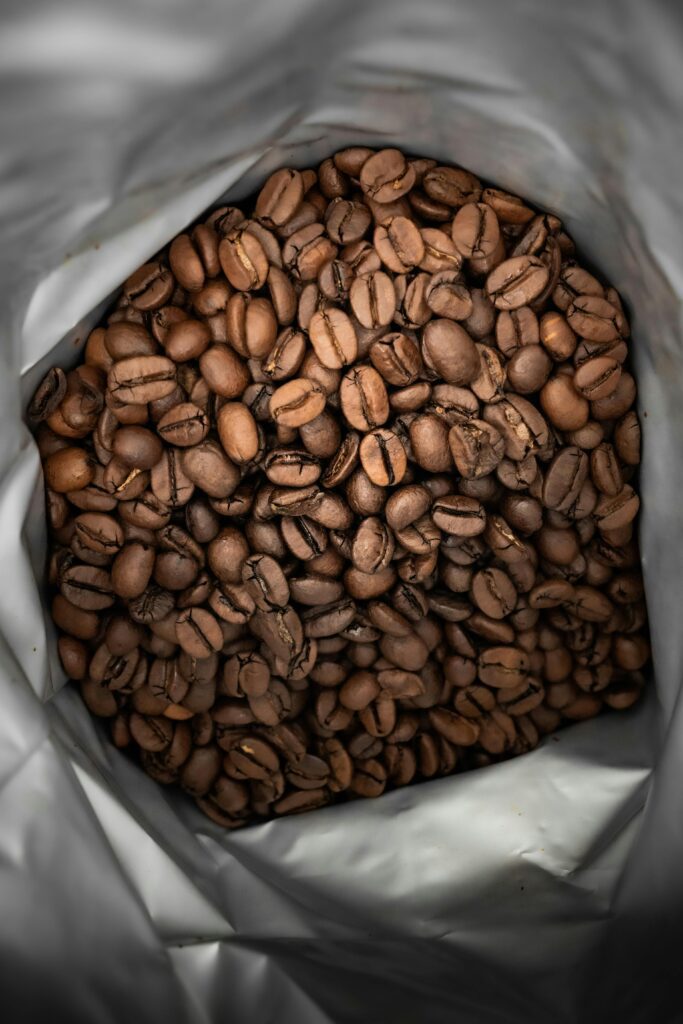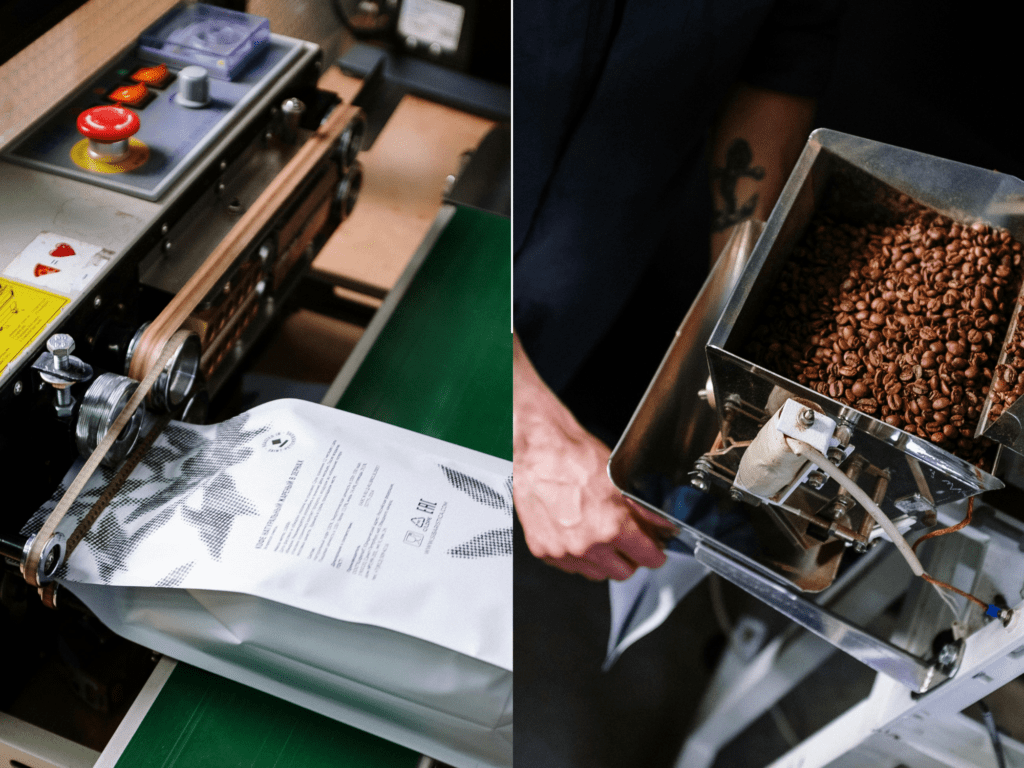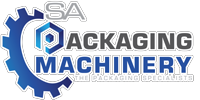
Coffee packing machines are crucial components of a modern coffee production line, offering impressive capabilities driven by advancements in automation. These machines not only excel in speed but also in precision, enhancing efficiency and minimizing waste. From personal experience, I’ve seen how these machines handle a range of packaging formats with ease, including Nespresso pods, K-Cups, and traditional coffee bags.
One of the standout features of these machines is their fully automated processes. They are designed to handle tasks like feeding cups and filling them with coffee using auger systems that ensure precise portion control. This level of accuracy simplifies inventory management, as every unit gets the correct amount of coffee—no more, no less. I’ve personally watched a machine switch from filling K-Cups to Nespresso pods in a matter of seconds, adjusting its settings seamlessly while preserving the quality of the product. This flexibility is essential for businesses aiming to stay ahead in a dynamic market.
The adaptability of these machines goes beyond filling. Many are equipped with sealing mechanisms specifically tailored to each packaging format. The precision with which they seal lids plays a crucial role in preserving coffee freshness and preventing spoilage. Additional features, such as automatic cup detection and nitrogen flushing, elevate quality control to the next level, ensuring the coffee stays fresh and maintains its flavor profile.
Investing in top-tier coffee packing machines is more than just meeting current demands; it’s about future-proofing your business. These machines help companies quickly pivot to market trends, ensuring a fresh and robust coffee experience for consumers, no matter what the future holds.
Important Specifications for Coffee Packing Machines
When considering a coffee packing machine, it’s essential to understand the specifications that drive its performance. The right specifications can significantly improve both the efficiency of production and the quality of the final product. Typically, these machines operate on 220V power with a consumption rate of about 1 kW, though production capacity can range from handling hundreds to thousands of cups per hour.
Material construction is another important factor. Stainless steel 304 is commonly used in these machines to ensure the highest standards of safety and hygiene, which are non-negotiable in the food industry. You certainly wouldn’t want your coffee business built on subpar materials, right? Features like automatic cup dropping help speed up production by minimizing handling, while cup detection systems prevent empty cups from going unnoticed, reducing waste.
One particularly useful feature is nitrogen flushing. This process replaces the oxygen in coffee packaging with nitrogen, greatly extending shelf life. I’ve personally seen how nitrogen flushing preserves coffee’s freshness, enabling it to stay fresh and flavorful much longer than other methods.
Diverse Industries Benefiting from Coffee Packing Machines
The capabilities of coffee packing machines extend well beyond coffee packaging alone. While they are primarily designed for coffee, these machines can also handle a variety of powders and fine substances, such as matcha, cleaning powders, and other specialty ingredients. I’ve seen firsthand how this adaptability can revolutionize production processes across multiple industries.
Coffee producers often branch out into new markets, packaging products like organic powders, herbal blends, and unique ingredients. This isn’t just about expanding their product lines; it’s a strategy to maximize efficiency and improve return on investment. For example, imagine a packing machine seamlessly transitioning from coffee to matcha powder without losing speed or quality. Modern coffee packing machines are designed to do just that, providing significant value across various industries.

Here’s a quick look at how these machines are applied across different product categories:
| Product Category | Application | Benefits |
|---|---|---|
| Coffee | Ground, whole beans, capsules | Maintains freshness, customizable packaging |
| Matcha Powder | Single-serve packets, bulk | Minimal dusting, precise filling |
| Cleansing Powders | Cosmetic and personal care products | Hygienic packaging, moisture control |
This table highlights the versatility of coffee packing machines and their ability to handle multiple product types with ease. Whether it’s coffee or other powders, these machines ensure packaging integrity while adapting to various needs.
Exploring Coffee Packaging Beyond Capsules
While coffee capsules are popular, bag packaging has been gaining significant traction in recent years, especially for ground coffee and specialty blends. From my experience, bagging systems have become essential for producers looking to efficiently package large quantities while maintaining the flexibility to customize packaging options that appeal to consumers.
Vertical Form Fill Seal (VFFS) machines are among the most notable bagging solutions, designed to package coffee into flexible bags while adjusting to different bag sizes. This adaptability allows producers to easily switch between packaging single-serving pouches or larger bulk bags. I’ve seen how VFFS machines can support quick adjustments, enabling businesses to respond to market trends with ease.
Another option is the pre-made pouch machine, which works with pre-made bags and simply requires filling. This system allows for faster turnaround times and is particularly useful for high-volume production. Whether it’s a light roast or a complex blend, these machines ensure that each package is sealed securely, maintaining the product’s freshness.
Bagging systems not only enhance functionality but also provide flexibility in a competitive market. With these systems, coffee brands can introduce innovative offerings and cater to diverse consumer preferences. This flexibility is crucial as coffee enthusiasts continue to explore new flavors, from dark roasts to specialty brews.
As the coffee market evolves, so does the demand for packaging solutions that keep pace with these changes. Adopting diverse bagging systems boosts operational efficiency while making the product more appealing to an ever-growing customer base.
Maintaining Coffee Freshness with Advanced Packing Technology
One of the most vital roles of coffee packing machines is to ensure the freshness and quality of the coffee. As consumer expectations rise, there’s no room for stale or subpar products. In my experience, investing in high-tech packing machines has become indispensable for keeping coffee fresh and flavorful.
A key feature in these machines is UV disinfection. This technology ensures that bacteria and contaminants are eliminated before the coffee is sealed. Not only does this improve product safety, but it also helps retain the coffee’s original flavors without any unwanted interference.
Another crucial technology is nitrogen flushing, which replaces oxygen with nitrogen during the packaging process. This significantly extends the shelf life of the coffee, as oxygen can degrade the flavors and aromas. I’ve seen the remarkable difference nitrogen flushing makes, as it helps preserve the vibrant qualities of the coffee much longer.
Additionally, modern coffee packing machines feature precise sealing systems that ensure each package is hermetically sealed. This attention to detail keeps moisture and air out, preserving the coffee’s freshness and providing customers with a just-roasted experience.
In conclusion, the combination of UV disinfection, nitrogen flushing, and advanced sealing systems ensures that coffee maintains its quality from the moment it’s packed until it reaches consumers. Coffee packing machines play a critical role in ensuring that the coffee we love remains fresh and flavorful.
Final Thoughts
Coffee packing machines are integral to the coffee industry, providing a combination of efficiency, versatility, and superior product quality. By choosing machines with the right features, businesses can improve operational efficiency and meet the growing demands of the market. Whether it’s ensuring freshness, adapting to new packaging formats, or diversifying product lines, these machines help position companies for success in a competitive industry.
